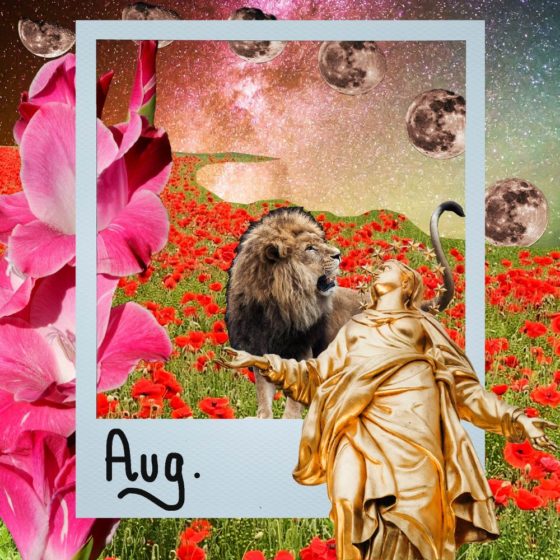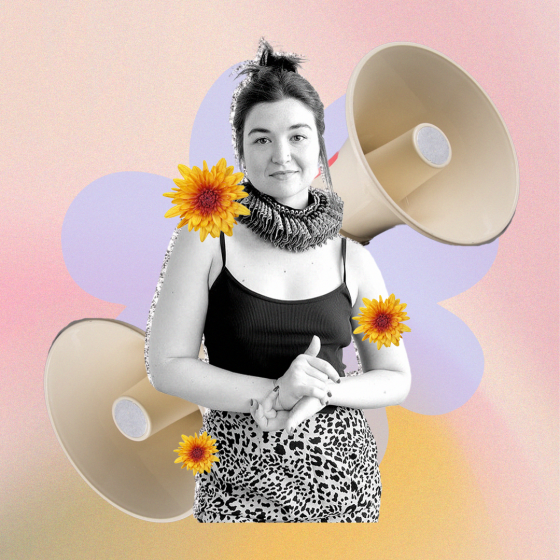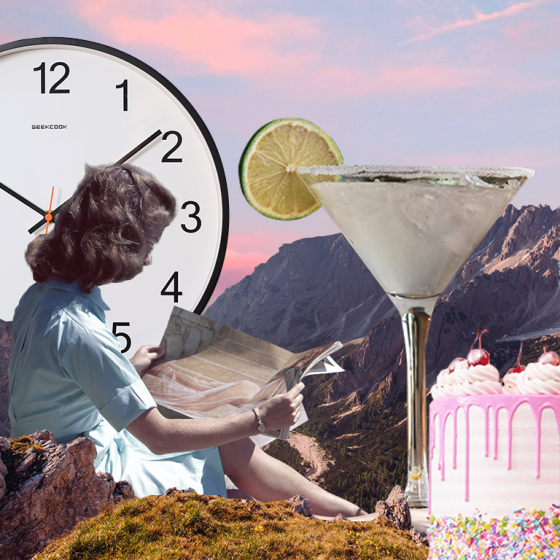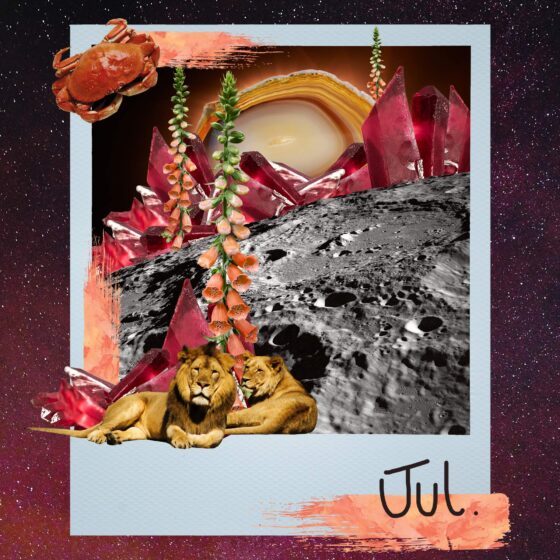We’re all familiar with the January blues. As we navigate through the dark depths of winter, the festive merriment over, back to work a few pounds heavier – not to mention poorer – it’s no wonder Seasonal Affective Disorder, or SAD, is so common at this time of year. A type of depression that comes in a seasonal pattern, usually occurring during the winter months, SAD symptoms include a persistent low mood, feelings of despair, guilt and worthlessness, low energy, and a craving for carbohydrates. Or alcohol. There’s nothing like a glass of red to cry into on those cold nights – and if you’re attempting Dry January, I salute you.
The malaise is so widespread, the third Monday of January has been given the gloomy title of Blue Monday – so-called because apparently it’s the most dismal day of the year. The term was coined by psychologist Cliff Arnall as a marketing strategy for a now defunct travel company, which took into account different factors such as weather, level of debt, time elapsed since Christmas and how quickly a person has failed to keep their New Year’s resolutions. His initial intent was to find out what day of the year people were most likely to book a summer holiday, but it seems a pretty fallible method to me. For example, how about the weather in Hawaii? It’s currently 24 degrees. And, how can you measure how long a person has failed to keep their New Year’s resolutions? Everyone’s different. Despite this, the concept has become embedded within our culture, and just you wait for all the Blue Monday articles appearing on your feeds in the next couple of weeks (this one included – though I hope this will at least be helpful).
SAD or sad?
It’s time we debunked the Blue Monday myth for what it is; a label on an ordinary day, intended to generate clicks and sell products. Furthermore, it can put pressure on people suffering with mental ill health, the build-up inducing further anxiety at an already trying time. So, instead of dreading this infamous day (and the rest of January), why don’t we look at it as a catalyst for discussions about mental health? Take this time to be open, talk to your friends and family about it, find out about coping mechanisms and treatment. And remember, January can be whatever you want it to be – blue, pink, dry, wet, Veganuary, Januhairy. You don’t have to be a ‘new you’, you don’t have to make any resolutions (who keeps them anyway?), you don’t have to go to the gym and you don’t need to clean out your fridge. Sometimes, it’s ok just to want to get through the month without any added fanfare.
However, unlike Blue Monday, SAD is very real. The exact cause isn’t fully understood, but it’s believed to be because of reduced exposure to sunlight, which impacts the body’s production of serotonin (a hormone that affects your mood) and melanin (a hormone that makes you sleepy), as well as your internal clock. Below are a few things you can do to try to combat SAD, and in the meantime, one thing to always remember: January will soon pass, and spring is just around the corner.
Get outside
Even just a lunchtime stroll can be beneficial – try to get as much natural sunlight as possible. Wrap up warm, breathe in the fresh air, hear the birds singing and feel the sun on your skin. It’s enough to lift the spirits.
Make your work and home environments light and airy
If that’s not possible then try to sit near a window.
Exercise
Move your body and make sure to do it outside. Go to your local park for a walk/ jog/ tai-chi/ aerobic session/ whatever you fancy and it get those endorphins pumping, which relieves stress and pain.
Eat well
A healthy, balanced diet will improve energy levels and make you feel better about yourself.
Avoid stressful situations
Easier said then done, I know. Here are some stress-busting techniques to try.
Try light therapy
A light box is a special lamp that simulates sunlight, so it brightens your day when the sun fails to make an appearance (a regular occurrence in the UK). The lamps come in all different shapes, sizes, and light intensities, and Amazon has a lot of options, ranging from £7 to £82. It’s advised that you spend around 30 minutes to an hour in front of the light each morning to get maximum benefit, with the light from the light box believed to encourage your brain to reduce the production of melatonin and increase the production of serotonin. You can also get dawn-simulating alarm clocks, which gradually light up your bedroom as you wake up.
Psychosocial treatments
Cognitive behavioural therapy (CBT) and counselling are both types of talking therapy which involves talking to a therapist about your worries and problems. Read more about how it can help SAD sufferers here.
Antidepressants
Severe cases of SAD are sometimes treated with antidepressants – often thought to be most effective when taken at the start of winter before symptoms appear, and continued until spring. Selective serotonin reuptake inhibitors (SSRIs) are usually prescribed, as they increase serotonin levels in the brain. They can also be taken alongside a talking therapy, like the ones mentioned above.
Meet up with friends or snuggle up with a book
Chatting to friends over a coffee is one of the most soothing things to do when you’re feeling down – and it’s a great excuse to get outside. Alternatively, snuggling up with a good book and a warm drink has never failed to make me feel better.









